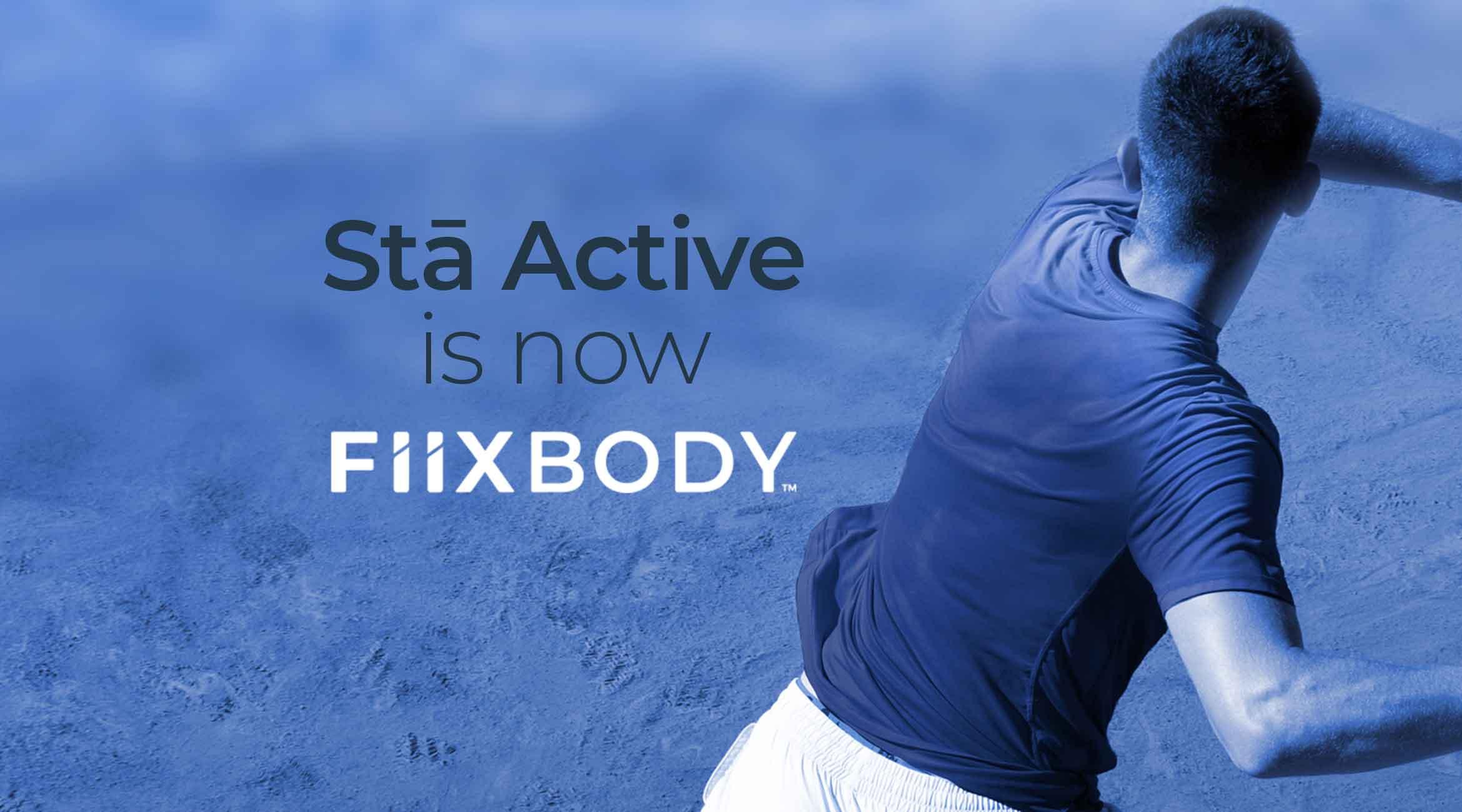As many as one in four U.S. adults suffer from chronic pain. And yet, the variety of treatment options – from pain medications, physical therapy, massage, acupuncture, biofeedback and more – don’t necessarily eliminate pain entirely, but instead simply reduce it and help people better manage it.
One common source of pain is tennis elbow, which impacts as many as 10 million people in the U.S. every year. And tennis players actually are only a small fraction of sufferers, which can include virtually anyone who does repetitive movements with their arms, such as golfers, fitness enthusiasts, gamers, crafters, construction workers, landscapers and others.
A number of treatments are available for tennis elbow, but they aren’t all equally effective. An increasingly popular way to address pain due to different causes is through percussion therapy, which is often delivered by a physical therapist, chiropractor, athletic trainer or massage therapist. Today, there also are multiple percussion devices for home use.
Another way to treat tennis elbow at home is the new E5 Fiix Elbow wearable device from Stā Active. Both percussion devices and the Fiix Elbow device are simple, convenient, non-invasive and non-drug ways to combat the pain of tennis elbow through self-care.
So what is the difference between the Fiix Elbow and percussion devices? Let’s consider the difference between these two devices.
What is Percussion Therapy?
Percussion therapy is a type of vibration treatment that dates back to the mid-1800s when rudimentary devices were constructed for exerciser and to address muscle and bone loss. It can be administered to the entire body or in a localized area via a handheld device.These percussion guns deliver fast bursts of pressure into the muscle and soft tissues via an oscillating head. The pressure of the massage, amplitude and the frequency of the pulses can vary according to the device. At a typical rate of 65-70 mgHz, the percussion sends signals via the nerves to the brain faster than pain signals, so the sensation of pain is interrupted. This is similar to the effects of TENS therapy.
Furthermore, the targeted, repetitive action can break up adhesions, scar tissue and knots in muscles, while also stimulating blood flow and oxygenation to the area to help decrease inflammation. While not fully supported yet by significant research, evidence exists of these additional benefits of percussive therapy:
- Helps relax thickened connective tissue and fascia
- Increases lymphatic circulation to drain toxins and waste
- Elongates muscle fibers, reduces stiffness
- Boosts range of motion and flexibility in joints
- Activates bone formation and enhances bone strength
Percussive therapy is used to treat numerous conditions, including muscle soreness and cramps, sciatica, shin splints, carpal tunnel syndrome, herniated and bulging discs, and more. It is not recommended for people who are taking blood thinners, are pregnant or have diabetes, cancer, high blood pressure, osteoporosis, varicose veins or peripheral artery disease.
For inflammation-related injuries, along with muscle strains and sprains, first seek medical advice before administering percussion. While the risks of side effects from percussion is low, such as redness or bruising at the site, it’s always smart to consult a healthcare professional prior to beginning any new treatment option.
Advantages of the Fiix Elbow
While percussion devices can provide pain relief, the effects are only temporary and essentially serve as a Band-Aid. In the case of tennis elbow, percussion doesn’t actively promote the healing of the injured tendon, but instead blocks pain signals short-term.Therefore, pain will recur. Additionally, although percussion can be used on connective tissues like tendons and ligaments, it is better suited to muscles.
In contrast to percussion devices, the Fiix Elbow, which was developed exclusively as a tennis elbow treatment, addresses the root cause of the pain – the damage to the forearm tendon. Because tendons have poor circulation and reduced blood supply, they heal slowly, if at all.
The Fiix Elbow replicates a proven clinical therapy – instrument-assisted soft tissue mobilization (IASTM) – which often is performed by physical therapists, chiropractors or massage therapists.
IASTM incorporates special stainless-steel tools to apply deep, linear massage strokes to tendons and muscles.
The wearable Fiix Elbow automatically delivers these repetitive strokes to the forearm tendon, which suffers microtears and degeneration in tennis elbow. This concentrated pressure serves to break up scar tissue and adhesions, increase oxygenation and blood flow to the injured area and stimulate collagen synthesis to repair the injured tissue.
Tennis elbow sufferers use the Fiix Elbow for 10 minutes per day, three times per week for eight weeks, plus perform specific stretching and strengthening exercises. Following this protocol has been shown to result in significantly less pain overall, a healthier tendon, increased strength in the forearm muscles and greater ability to use the forearm and hands without pain.
Percussion devices help to temporarily alleviate pain and loosen tight muscles. To promote healing from a specific condition like tennis elbow, however, the Fiix Elbow is superior at addressing the cause of the pain in the tendon and stimulating tissue regeneration to ultimately improve strength and functionality.








